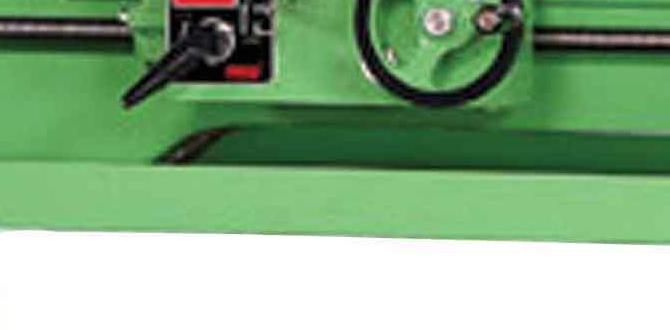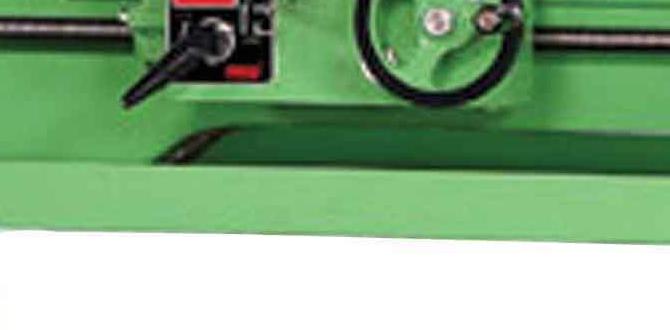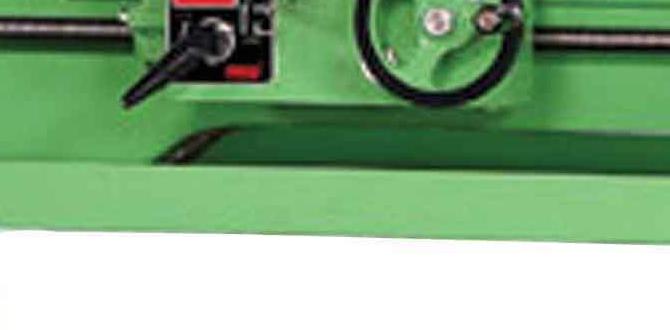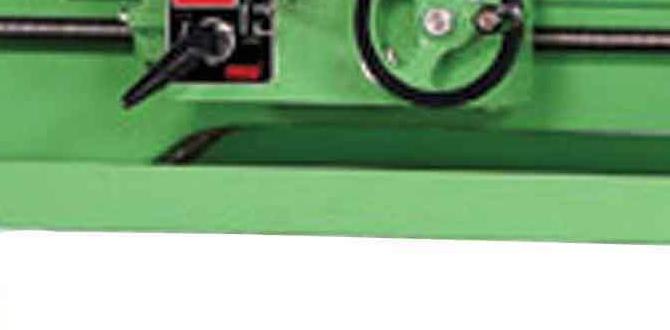Wood Lathe Drill Chuck: Easy Install!
For woodturners, precision and versatility are paramount. Whether you’re drilling perfectly centered holes for spindle turning, creating intricate joinery, or simply need a reliable way to hold your drill bits securely on the lathe, a wood lathe drill chuck is an invaluable tool. And the good news? The process of wood lathe drill chuck installation is surprisingly straightforward, opening up a world of new possibilities for your projects with minimal hassle. Forget cumbersome adapters or complex setups; modern drill chucks are designed for user-friendliness, allowing you to quickly switch between operations and maximize your turning time.
The primary function of a drill chuck on a wood lathe is to provide a secure and adjustable grip for various drill bits. Unlike some other lathe accessories, a drill chuck typically mounts directly to the headstock or tailstock spindle, depending on its design and your intended use. This allows for controlled drilling operations with the workpiece stationary or rotating, depending on the setup. Embracing this tool can significantly expand your creative horizons, allowing for more complex designs and precise execution of tasks that would otherwise be difficult or impossible.
Understanding Your Wood Lathe Drill Chuck
Before diving into the installation process, it’s essential to understand the different types of drill chucks available and how they operate. Most wood lathe drill chucks are keyless, meaning they are tightened by hand, eliminating the need for a separate chuck key. This is a significant advantage in terms of speed and convenience. They work by leveraging a set of jaws that contract around the drill bit when the chuck body is rotated. The tighter you rotate, the more secure the grip.
These chucks are generally designed to accommodate a range of drill bit shank sizes, offering considerable flexibility. When selecting a drill chuck, consider the maximum and minimum shank diameter it can hold, as well as the overall capacity of your lathe. Furthermore, think about the type of mounting it requires. Some chucks have a threaded back that screws directly onto the headstock spindle, while others might use a Morse taper system.
Effortless Wood Lathe Drill Chuck Installation
The thrill of wood lathe drill chuck installation lies in its simplicity. For most common threaded installations, the process involves a few key steps. First, ensure your lathe is powered off and the headstock spindle is clean. Any dust or debris can interfere with a secure fit.
Next, identify the mounting thread on your headstock spindle. This is usually a standard size, but it’s always wise to consult your lathe’s manual to confirm. Many drill chucks will list compatible thread sizes. Once confirmed, simply thread the chuck onto the spindle, turning it clockwise. Tighten it securely by hand. You’ll want it to be snug to prevent any slippage during operation. Avoid using excessive force or tools, as this could damage the threads on either the chuck or the spindle.
For those with Morse taper systems, the installation is equally straightforward. Ensure the taper on the chuck adapter and the tailstock (or headstock, if applicable) are clean and free of burrs. Align the taper and firmly insert the chuck. Often, a slight tap with a mallet on the rear end of the tailstock can seat it properly, or for headstock mounting, it will be held by the drawbar. Again, always refer to your specific lathe and chuck manufacturer’s instructions for the most precise guidance. The beauty of this mounting system is its self-centering nature and the secure frictional fit it provides.
Maximizing Your Lathe’s Potential with a Drill Chuck
Once your wood lathe drill chuck installation is complete, the real fun begins. This accessory transforms your lathe from a capable spindle turning machine into a more multifaceted tool. Imagine needing to bore a hole through the center of a table leg you’re turning. Instead of removing the piece and using a drill press, you can simply attach your drill chuck, insert the appropriate drill bit, and perform the operation with incredible accuracy right on the lathe.
Consider projects where you need to create mortises for joinery. A drill chuck allows you to use Forstner bits or auger bits precisely on axis with your turning workpiece, ensuring clean and perfectly placed openings. This precision is often difficult to achieve with other methods, especially on larger or irregularly shaped pieces.
Furthermore, the drill chuck can be used for sanding operations. By mounting a sanding drum or a specialized sanding attachment in the chuck and placing it in the tailstock, you can achieve a consistent sanding finish, especially on internal surfaces or ends of spindles.
Maintenance and Safety Tips for Your Chuck
While the installation is easy, proper care and attention to safety will ensure your drill chuck serves you well for years to come. Regularly clean the chuck jaws and the inside mechanism to remove any wood dust or metal shavings that could impede smooth operation. A light application of a lubricant can help keep the jaws moving freely.
When using the drill chuck, always ensure the drill bit is securely tightened. A loose bit can be a serious safety hazard, potentially flying out of the chuck at high speed. Always wear appropriate safety glasses or a face shield, and keep your hands and clothing away from the rotating workpiece and chuck. Ensure you are using the correct mounting method for your lathe and that the chuck is firmly seated before starting any operation.
In conclusion, a wood lathe drill chuck is a simple yet incredibly powerful addition to any woodturner’s toolkit. With its straightforward wood lathe drill chuck installation, you can quickly unlock new levels of precision and versatility in your projects. Whether you’re drilling on-center, creating joinery, or exploring new finishing techniques, this essential accessory is an investment that pays dividends in enhanced capability and creative freedom.




